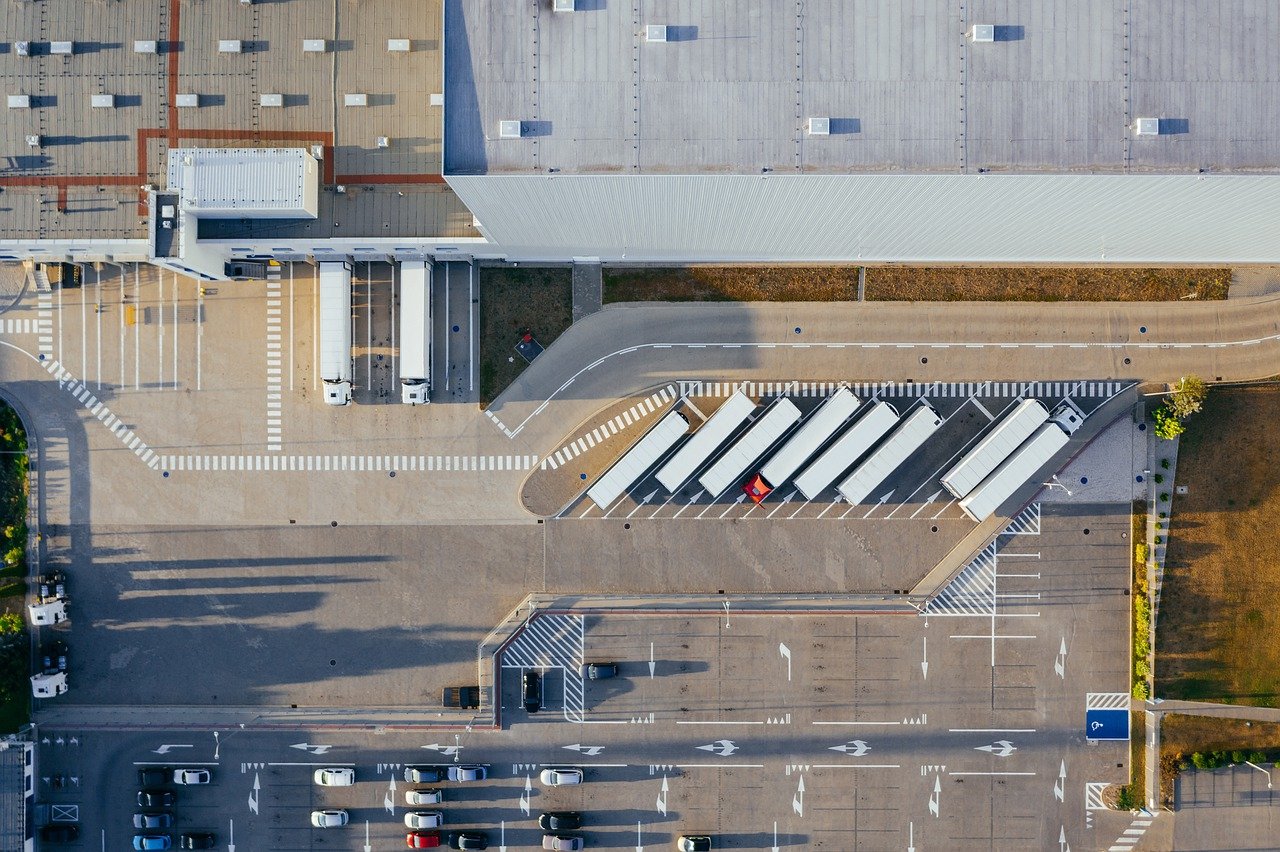
The Government of Australia has announced its plan to offer $143m (A$220m) low-cost loan to Perdaman to construct a $6.91bn (A$4.5bn) urea plant in Western Australia.
The company intends to export about 50% of the production from the facility to the Asia-Pacific region, Brazil, and the US.

Discover B2B Marketing That Performs
Combine business intelligence and editorial excellence to reach engaged professionals across 36 leading media platforms.
Once operational, the plant will have annual production capacity of two million tonnes.
The remaining 50% of the production will cater to the domestic market.
This project is expected to help cut down Australia’s dependence on fertiliser imports.
The Northern Australia Infrastructure Facility will provide the loan, which adds to the previous two loans amounting to a total of $391.55m (A$255m) in support of the infrastructure for the urea project.

US Tariffs are shifting - will you react or anticipate?
Don’t let policy changes catch you off guard. Stay proactive with real-time data and expert analysis.
By GlobalDataMinister for Resources and Northern Australia Madeleine King said: “This project will be transformational for Western Australia … and secure local farmers’ access to fertiliser that is vital to ensuring food security.”
As feedstock for the production of urea, Perdaman has lined up a contract to purchase gas from the Scarborough project of Woodside Energy Group, reported Reuters.
The project will be built on the Burrup Peninsula.
However, an indigenous group has raised concerns about the impact of emissions from the facility on ancient rock art.
King said the project has been designed using solar power and the “best available technology to minimise emissions”.
Earlier this month, King commenced a review on the impact on the ancient rock art. However, there is no deadline for the review.
———————————————————–
Image: Once operational, the plant will have annual production capacity of two million tonnes. Credit: Marcin from Pixabay.





